Rebranding is more than just changing a logo or updating a website. It’s a strategic process that can breathe new life into a business by aligning its image, mission, and offerings with the changing expectations of its customers. Companies must constantly evolve to stay relevant in today’s competitive market, especially in the digital age. A successful rebranding marketing strategy can help businesses connect with new audiences, refresh their image, and even recover from past setbacks. Whether you’re entering a new market, targeting a different demographic, or simply updating your current image, rebranding offers a powerful opportunity to redefine your identity.
However, rebranding has its challenges. It requires careful planning, a deep understanding of your customers, and a clear vision of your company’s future. A poorly executed rebrand can alienate loyal customers and fail to attract the desired new audience. Therefore, a rebranding marketing strategy must be built on thorough research and aligned with your business goals. From adjusting your visual identity to refining your messaging, every aspect of your brand should work harmoniously to create a cohesive and authentic image that resonates with current and potential customers. In this article, we’ll explore 5 key tips for a successful rebranding marketing strategy that leads to long-term success.
Table of Contents
What is Rebranding Marketing

Rebranding marketing is a comprehensive process that involves shifting or updating your business’s identity to better align with evolving market trends, customer needs, and company goals. This could involve changing visual elements like logos, colour schemes, or fonts or revising the messaging behind your products or services. It’s an effort to create a fresh image that resonates with your target audience while maintaining or even enhancing your company’s core values.
Rebranding isn’t just about cosmetic changes. It also includes refining the customer experience, redefining your brand’s positioning, and offering something more relevant and appealing to the market. Whether you’re looking to modernise an outdated image or pivot to a new audience, a rebranding marketing strategy serves as the blueprint for these changes.
4 Key Reasons Why Your Business Should Consider Rebranding

Several factors often drive the decision to rebrand. A brand that no longer reflects market trends or customer needs can quickly lose relevance. For example, updating your identity to align with new services or products might be necessary if your business has grown and shifted in focus. Here are a few reasons why rebranding marketing strategies are essential:
- Changing Market Demands: Your brand must stay relevant as consumer preferences evolve. Rebranding enables you to capture the attention of new demographics.
- Competitor Pressure: If your competitors offer more attractive products or services, it may be time to reevaluate your positioning.
- Crisis Management: If your brand has suffered negative publicity, a rebrand can restore trust and repair your image.
- Expansion: Rebranding can signal the expansion of your business into new markets or product categories.
Rebranding revitalises your image and positions your business for continued growth and success in an ever-changing market.
5 Tips for a Successful Rebranding Marketing Strategy

Developing a successful rebranding marketing strategy requires careful planning and execution. Here’s how you can approach it:
1. Conduct a Brand Audit:
Before starting the rebranding process, assess your brand’s current standing through a comprehensive brand audit. This involves conducting surveys, gathering customer, employee, and stakeholder feedback, and evaluating your brand’s strengths and weaknesses. Incorporate a SWOT analysis (Strengths, Weaknesses, Opportunities, Threats) to understand internal and external factors influencing your brand clearly.
For example, identify your Strengths (e.g., strong customer loyalty), Weaknesses (e.g., outdated visuals), Opportunities (e.g., growing market segment), and Threats (e.g., increased competition). A local restaurant chain, for instance, might discover through a SWOT analysis that while its food quality is a key strength, its branding needs to be updated to younger audiences (a weakness). This insight could prompt a rebranding effort to modernise its image and appeal to a broader demographic.
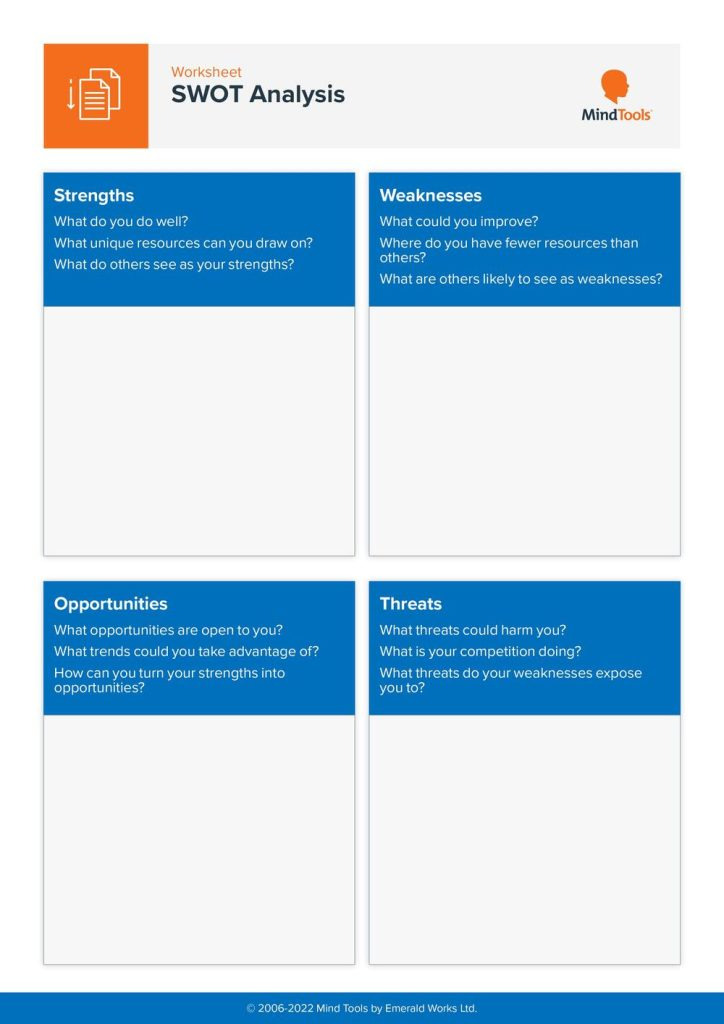
2. Define Objectives and Craft a Rebranding Strategy:
Start by clarifying your vision, mission, and values to set a strong foundation for your brand’s direction. Engage key stakeholders to ensure alignment with company objectives, and use customer profile analysis to better connect with your target audience. As part of the rebranding, redesign visual elements like logos, colours, and fonts to reflect the updated identity. This includes refining your messaging to resonate with your audience. For example, a tech company aiming for a more innovative image might adopt sleek designs and minimalist logos that appeal to tech-savvy consumers.
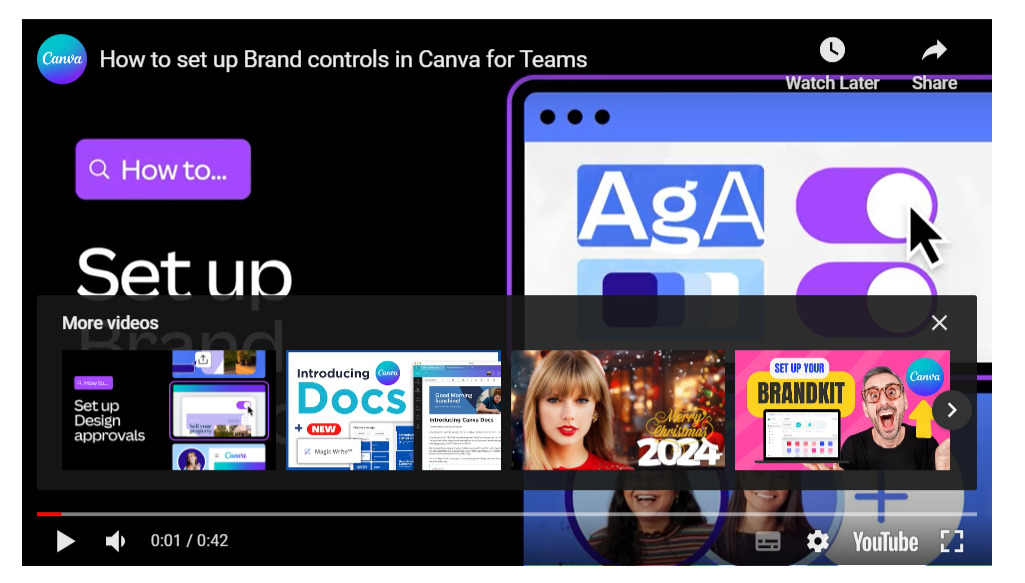
3. Redefine and Update Your Brand Identity:
Identify the purpose of your rebranding efforts: to reach new audiences, address reputational challenges, or expand into untapped markets. Once your goals are set, develop a cohesive rebranding strategy that shapes how your brand will appear, communicate, and be perceived. Highlight what makes your brand unique, maintain consistency in messaging, and design visuals that reflect your updated identity. For instance, using branded templates and locked design elements can help ensure scalability and quality while aligning the brand’s image.

4. Create Consistent Messaging:
Consistency is crucial across all platforms. Your messaging should be unified from your website and social media channels to product packaging and advertisements. For example, a fitness brand launching a rebranding campaign might ensure that its website, Instagram feed, and email marketing all convey the same message of health and wellness, using the same tone and visual style.
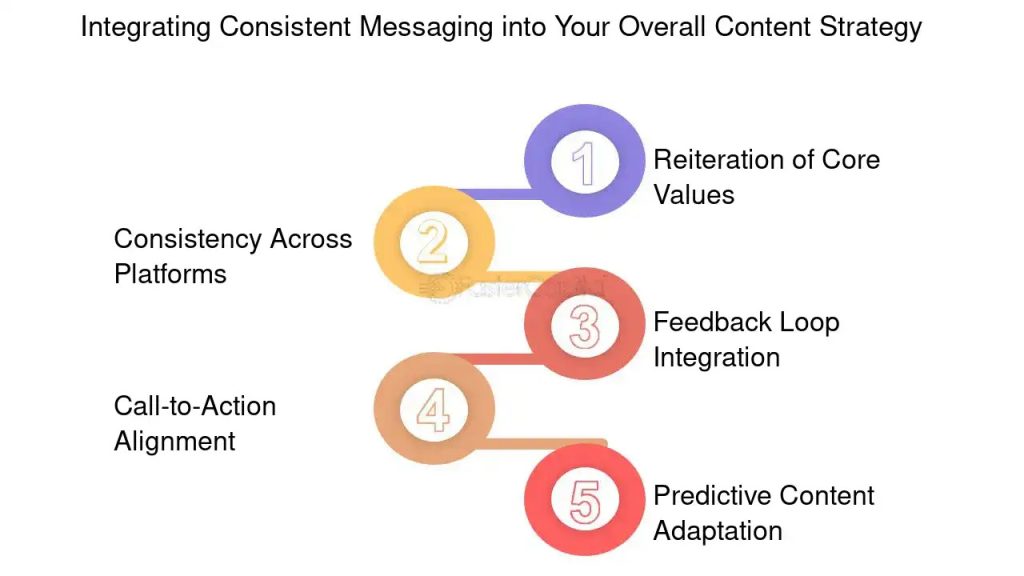
5. Involve Your Audience:
Engaging your customers during rebranding can build excitement and make them feel part of the journey. Use social media polls, surveys, or live sessions to gather feedback on new directions, designs, or product ideas. For example, a cosmetics brand might ask customers to vote on new packaging designs or fragrance options, boosting engagement and making the rebranding more personal to the audience.

Focusing on these steps will ensure your rebranding marketing strategy looks good and aligns with your business’s new direction.
3 Common Challenges And How To Overcome Them
There are 3 main challenges that your brand might face. Here are simple proposed solutions for your reference.

Challenge 1: Employees Reluctant to Change.
Employees who have worked with you for a long time might resist the new brand because of the old brand. Top management must communicate the reasons for rebranding, involve employees, and listen to their thoughts. Making them feel part of the process helps them embrace the change and support the new brand.
Challenge 2: Keeping Everything Consistent throughout the Rebranding Process.
Changing the brand involves more than looks; it’s about values, brand message, and how customers feel about the brand. Make a plan covering all the needed changes, like updating the latest ads and websites and how employees’ outfits look. Being consistent builds trust in the brand.
Challenge 3: Figuring Out if the Rebrand Worked or Not.
Checking and measuring whether the rebrand worked isn’t easy without a clear procedure and planning to measure it. Companies would need to set clear goals like changes in how people or audiences see the brand, customer satisfaction, sales figures, and market share. Asking customers and other people for feedback. Keep checking and adjusting accordingly based on what you get the data from market research and so on.
A Good Example of Rebranding
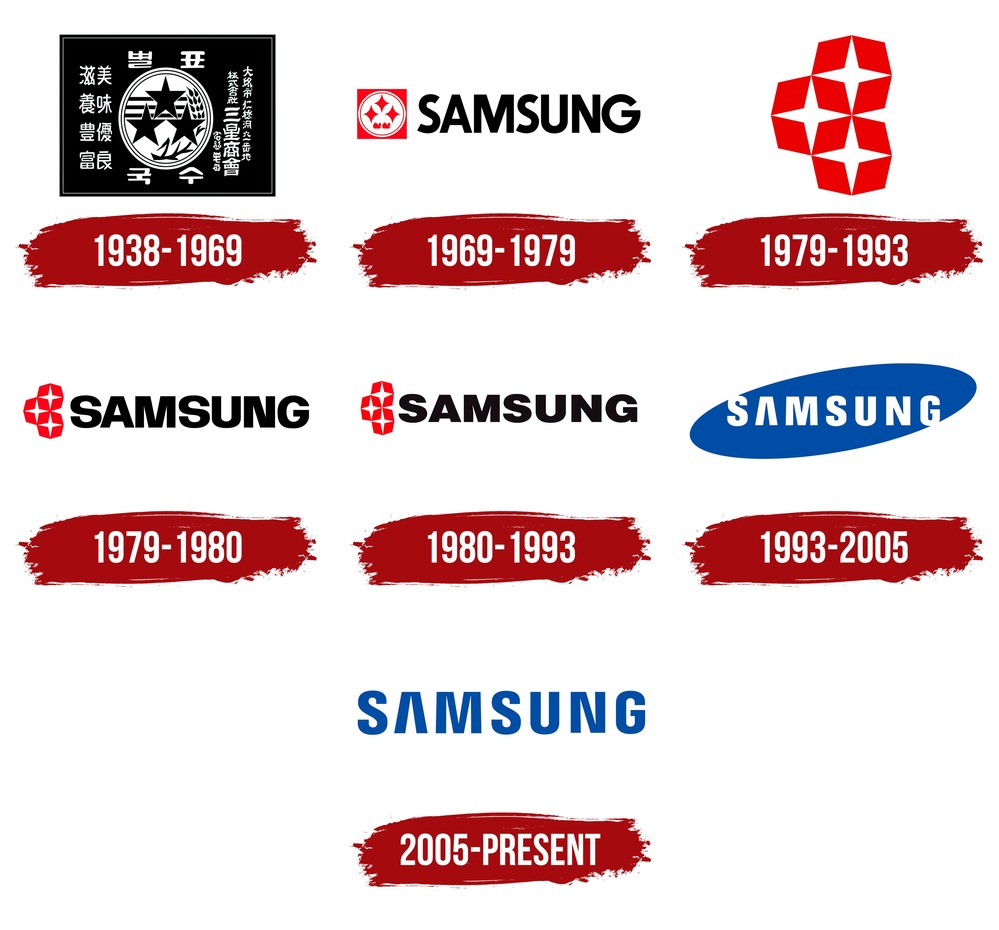
To illustrate the power of successful rebranding, let’s explore the case studies of Samsung that going to do latest rebranding campaigns:
Early Stage Of Rebranding and Its Challenges
According to Proecho Solutions, Samsung faced challenges in the 1997 Asian market crash due to a low-cost competitive strategy that led to declining sales and excess capacity. CEO Yun Jong-yong recognised the need for change and aimed to position Samsung as a premium brand by focusing on superior product development and rebranding efforts. The objective was to establish Samsung as a stylish, high-quality brand with technological innovation appealing to younger and upscale customers worldwide. Yun emphasised moving away from price-based competition to avoid potential downfall and build a unique brand image. In its marketing strategy, Samsung prioritised a brand-building campaign to bolster its brand image. Understanding that effective marketing is crucial for product success, they revamped their approach to ensure better visibility and value perception among customers.
Under Eric Kim’s leadership, Samsung overhauled its distribution strategy, shifting from discount retailers to well-known electronics outlets like Best Buy while expanding its presence on online platforms like Amazon. This move was designed to elevate Samsung’s image as a premium brand. To ensure consistent messaging globally, the company streamlined its advertising partners, reducing them from 55 to a single global agency, WPP. This unified approach enabled Samsung to launch its first-ever brand-building campaign. The campaign showcased stylish TV commercials that emphasised modern design and product sophistication. Additionally, WPP leveraged promotional tools, including product placements, social media advertisements, sponsorships, earned media, and digital marketing, to reinforce the brand’s message.

Change in Direction: Targeting Young Audience
According to Baek Byung-yeul from TheKoreaTimes reported on 8th March 2023. Samsung Electronics in Korea is renaming its physical stores from “Samsung Digital Plaza” to “Samsung Store” to attract younger buyers. These stores nationwide sell various Samsung gadgets, from Galaxy phones to Bespoke home appliances.
Samsung is rebranding to create a more youthful and customer-focused image by highlighting gadgets like Galaxy phones, Bespoke appliances, and SmartThings. The goal is to make its stores local hubs offering personalised experiences, unique content, and community programs. For example, some stores will feature a “Samsung Culture Lab” where customers can learn to use gadgets and join classes on cooking, interior design, and video making. In Seoul, a “Samsung Store Coding School” will teach teenagers programming using Samsung devices.
Samsung also prioritises sustainability, with one store earning LEED certification for eco-friendly construction. This approach will expand globally. “D’tailor” employees will provide personalised advice based on individual lifestyles to improve customer service. Samsung has transformed into a globally recognised brand by offering customised experiences, focusing on eco-friendly practices, and connecting with younger consumers.
Bad Example Of Rebranding
Rebranding could incur significant costs and require considerable effort for the entire company. This also extends to consumers’ acceptance of your revamped brand. Let’s examine a flawed rebranding example so that you can take note of this crucial point.
1. Gap
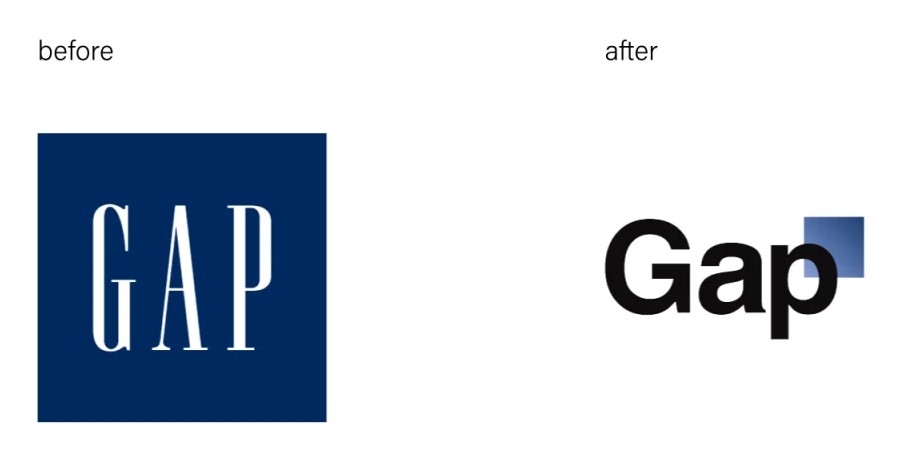
In 2010, GAP tried rebranding with a new logo due to a sales slump. The new logo, featuring a generic font, caused confusion and needed more connection to the old one. A major mistake was not explaining the reasons for the change to consumers or making any store or product updates. This led to public backlash and ridicule, prompting a quick return to the original logo after six days. The rushed rebranding, lacking strategy and communication, cost an estimated $100 million.
2. Mastercard
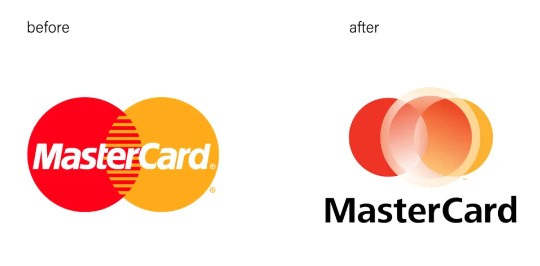
In 2006, Mastercard, known for its iconic logo, attempted to enhance its image by adding new elements. This decision, made without considering audience preferences, received criticism. To address this, Mastercard kept the original payment logo but used the new one for corporate communications. In 2016, they refreshed the logo again for consistency. The main mistakes were unnecessary rebranding, lack of customer involvement, and inconsistency. Overall, these changes cost the company $1.5 million.
5 Things Need To Be Avoided During Rebranding
By avoiding these common mistakes, companies can increase the chances of a successful rebranding campaign and minimise potential pitfalls. Here are some common things in rebranding need to avoid:
1. Insufficient Research And Analysis
Not thoroughly understanding the current brand, market trends, and target audience can result in a rebranding strategy that doesn’t succeed.
2. Message Inconsistency
Sending mixed messages can confuse customers and weaken the brand’s identity. It’s crucial to ensure all communication channels convey a consistent brand message.
3. Overlooking Internal Communication
Involving employees and aligning them with the rebranding effort is essential for a successful transition. Refrain from affecting internal communication may cause resistance and a lack of support for the new brand.
4. Hastening The Rebranding Process
Rebranding necessitates careful planning and execution. Rushing it might lead to errors, inconsistencies, and a lack of strategic alignment.
5. Disregarding Customer Feedback
Customer opinions during rebranding are valuable. Ignoring them may result in a brand identity that fails to connect with the intended audience.
Conclusion
A successful rebranding marketing strategy can rejuvenate your business, expand your reach, and build stronger connections with your target audience. By clearly defining your goals, creating a consistent message, and involving your audience in the process, you can set your business up for long-term success. Remember that rebranding is an ongoing journey that requires careful monitoring and adjustment. With a well-executed strategy, your rebrand will capture attention, drive sales, enhance customer loyalty, and improve your overall market presence.
Suppose you need expert help with your rebranding marketing strategy. In that case, Newnormz can assist with innovative solutions in social media management, content marketing, and SEO to help you create a powerful and impactful rebrand.
Frequently Asked Questions
1. How Do I Know If My Business Needs A Rebrand?
Changes in customer expectations, outgrowing your current brand identity, expanding into new markets, or dealing with negative publicity are signs that it may be time to rebrand. A rebrand can also help modernise a stale image and position your company for future growth.
2. What Should Be Included In A Rebranding Marketing Strategy?
A successful rebranding strategy includes conducting a brand audit, defining clear goals, updating visual identity and messaging, ensuring consistency across all channels, and involving your audience. This approach helps you effectively connect with both existing and new customers.
3. How Long Does The Rebranding Process Take?
The time required for rebranding varies depending on the scope and complexity of the changes. Typically, a rebrand may take a few months to over a year, considering the research, design, implementation, and communication with stakeholders involved.






